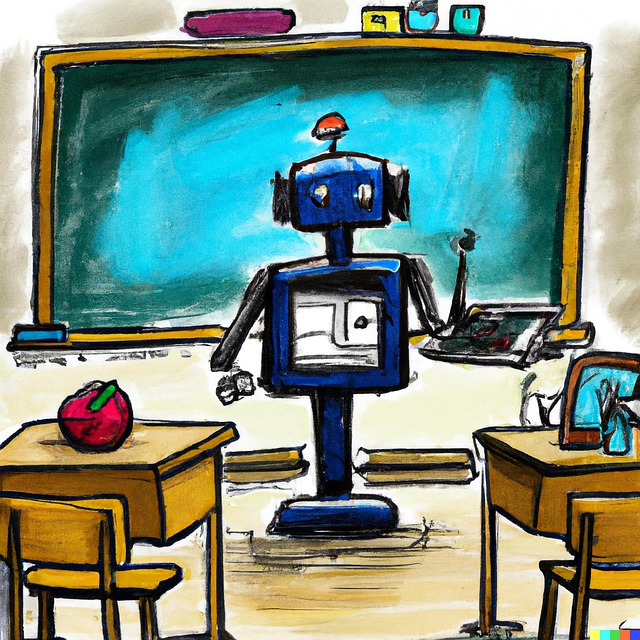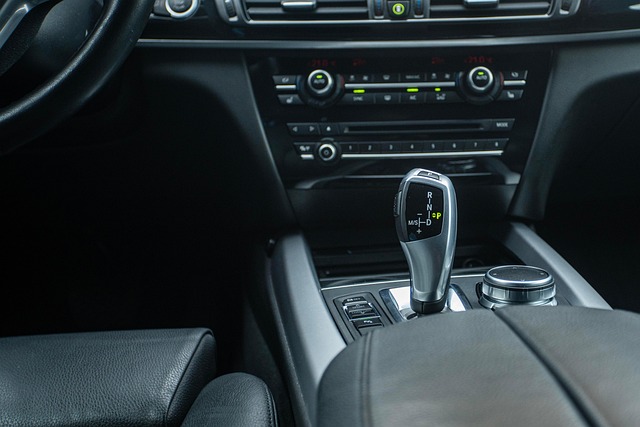# AI Technology’s Influence: Transforming Industries and Shaping Our Future Interactions
Artificial Intelligence (AI) is no longer a futuristic concept; it’s a reality that is reshaping various industries, especially the automotive sector. From smart manufacturing to autonomous driving innovations, AI is driving significant changes that enhance efficiency, safety, and user experience. In this article, we will explore how AI is transforming the automotive industry, focusing on key areas such as smart manufacturing, predictive maintenance, autonomous vehicles, supply chain optimization, and intelligent user experiences.
## Smart Manufacturing
One of the most significant impacts of AI in the automotive industry is in smart manufacturing. The integration of AI technologies enables manufacturers to streamline production processes, reduce waste, and enhance product quality.
– **Real-Time Data Analysis**: AI systems analyze data from machines in real-time, allowing manufacturers to identify bottlenecks or inefficiencies quickly.
– **Quality Control**: Companies like BMW utilize AI-driven visual inspection systems that can detect defects in vehicles at a much higher rate than human inspectors.
– **Robotics and Automation**: AI-powered robots are increasingly used on production lines, performing tasks such as welding and assembly with precision and speed.
For instance, Toyota has implemented AI in its production facilities to optimize assembly line operations, resulting in faster production times and reduced costs.
## Predictive Maintenance in Vehicles
Predictive maintenance is another area where AI is making waves in the automotive industry. By leveraging data analytics and machine learning, manufacturers can predict when a vehicle is likely to experience a failure, allowing for timely maintenance and repairs.
– **Data-Driven Insights**: AI systems analyze historical data and real-time sensor data from vehicles to predict potential issues before they become critical.
– **Cost Efficiency**: Implementing predictive maintenance can significantly reduce repair costs and downtime. For example, Tesla uses AI algorithms to monitor battery health and predict when maintenance is needed, ensuring that vehicles operate at peak performance.
This proactive approach not only enhances vehicle reliability but also improves customer satisfaction, as drivers can avoid unexpected breakdowns.
## Autonomous Driving Innovations
Perhaps the most talked-about application of AI in the automotive industry is in the realm of autonomous vehicles. Companies are investing heavily in AI technologies to develop self-driving cars that can navigate complex environments with minimal human intervention.
– **Machine Learning and Computer Vision**: AI systems utilize machine learning algorithms and computer vision to interpret data from cameras, radar, and lidar sensors, enabling vehicles to understand their surroundings.
– **Safety Enhancements**: Autonomous driving innovations aim to reduce accidents caused by human error. For instance, Tesla’s Autopilot feature uses AI to assist drivers with lane changes, adaptive cruise control, and even parking.
While fully autonomous vehicles are still in development, companies like Waymo and Cruise are making strides in deploying autonomous ride-hailing services in select cities, showcasing the potential of AI in transforming urban mobility.
## Supply Chain Optimization
AI is also revolutionizing supply chain management in the automotive industry. By analyzing vast amounts of data, AI can optimize logistics, inventory management, and supplier relationships.
– **Demand Forecasting**: AI algorithms can predict market demand, allowing manufacturers to adjust production schedules accordingly. This minimizes excess inventory and reduces costs.
– **Supplier Risk Management**: AI can assess the reliability of suppliers by analyzing various data points, helping automotive companies mitigate risks associated with supply chain disruptions.
For example, BMW employs AI to enhance its supply chain efficiency, ensuring that parts are delivered just in time for production, thus reducing storage costs and improving overall operational efficiency.
## Intelligent User Experiences
AI is not just transforming manufacturing and logistics; it is also enhancing user experiences in vehicles. Smart car technology is becoming increasingly sophisticated, providing drivers with personalized and intuitive interactions.
– **Voice Recognition and Natural Language Processing**: AI-powered systems allow drivers to control navigation, music, and other functions using voice commands. For instance, Mercedes-Benz’s MBUX system uses natural language processing to understand and respond to driver queries.
– **Personalized Features**: AI can learn driver preferences over time, adjusting seat positions, climate control, and infotainment options to create a more comfortable driving experience.
These intelligent user experiences not only make driving more enjoyable but also contribute to safer road conditions by allowing drivers to keep their hands on the wheel and their eyes on the road.
## Conclusion: The Future of AI in the Automotive Industry
As we look ahead, the influence of AI in the automotive industry is expected to grow exponentially. With advancements in machine learning, data analytics, and smart technologies, the future of transportation is poised for revolutionary changes.
– **Increased Automation**: Expect further integration of AI in manufacturing processes, leading to fully automated factories.
– **Enhanced Safety Features**: Autonomous vehicles will become more reliable, with improved safety measures that will reshape urban transportation.
– **Green Technologies**: AI will play a crucial role in developing electric and hybrid vehicles, optimizing energy consumption and reducing emissions.
In conclusion, AI is not just transforming the automotive industry; it is shaping the way we interact with vehicles and the world around us. As technology continues to evolve, it will undoubtedly bring forth innovative solutions that enhance safety, efficiency, and user experiences. The journey has just begun, and the road ahead is filled with exciting possibilities.











